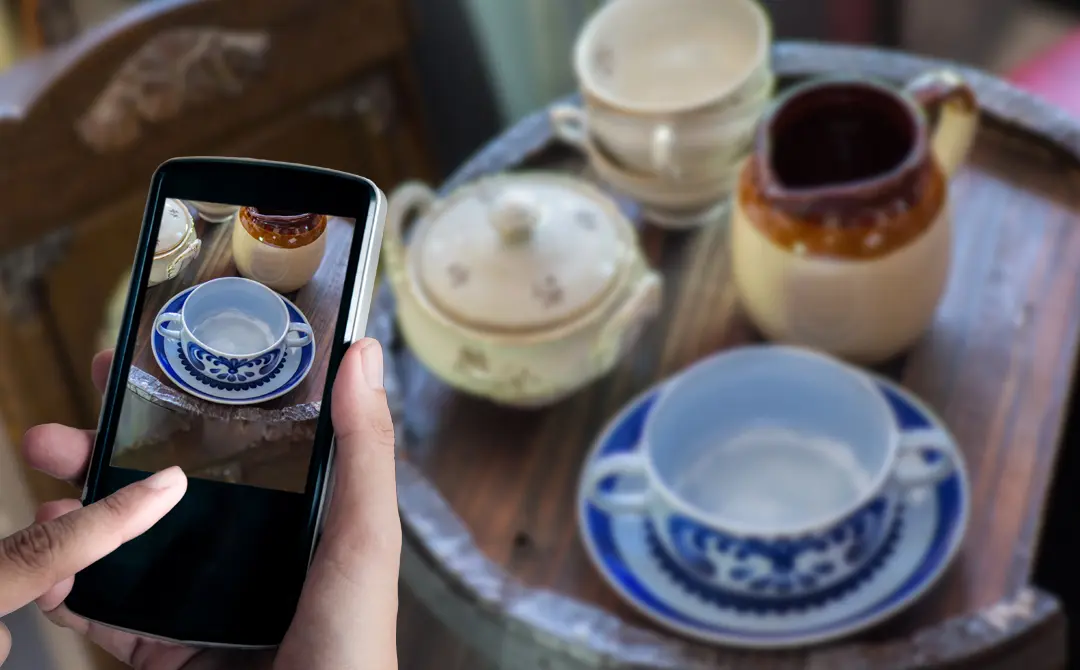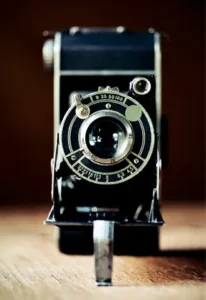 Photography sells. Great imagery helps reach your potential clients and buyers. Your images also save time and resources, providing important details for buyers (condition, maker’s mark, etc).
Photography sells. Great imagery helps reach your potential clients and buyers. Your images also save time and resources, providing important details for buyers (condition, maker’s mark, etc).
In this quick and easy guide, we give you simple tips for photographing your unique inventory. Use this information to upload beautiful images to marketplaces, social media, blogs and anywhere you advertise.
Photographing Small Items
Of course, all items need dimensions in their descriptions. When photographing smaller items, however, consider also providing a point of reference for scale, such as a ruler. From prep to post, other small item tips include:
1. Ensure Your Item is Spotless: Remove all surface dust, dirt, and fingerprints with a lint-free cleaning cloth so no fluff is left behind. Dish soap (washing liquid) works well. For silver, use silver polish, and for furniture, standard furniture polish works well. Wear gloves while cleaning items with a shiny surface. Remove any sticker residue. See Mark Hill’s Hacks to Save You Time When Photographing Antiques for more tips on prepping items for photography.
2. Use a Stable Surface: Use a tripod or stable surface for a crisp, defined image. If the piece is unstable and could move, apply mounting putty to hold it in position.
3. Background: Use a white background for product-only images for marketplaces or to post in an online shop. Exception: for advertising and social media postings, blogs, and advertising photos, take in-context images with grouped small pieces, in vignettes, as part of room décor, or worn by a model.
4. Quantity: You need a minimum of four images, front, back, and left and right sides. The more images, the better. Most marketplaces allow 10-20 photos per item. Shots that reveal item condition can increase sales and reduce returns.
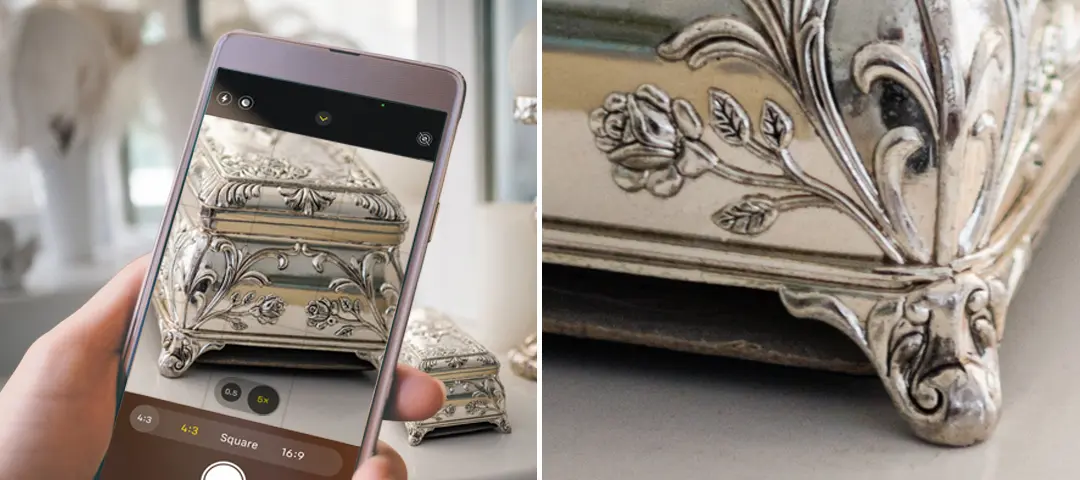
5. Reveal the Details : Highlight the details of the piece (surface, condition, maker’s mark). You will need to use a macro lens to produce high quality images. Macro mode on a smartphone (usually with a flower icon) allows you to focus on the finest details. You can also purchase a macro lens to use with an iPhone or Android phone.
6. Enhance Your Images: You can learn the basics of Photoshop for color correction or remove dust or visible fingerprints. Take a short online course if you are unfamiliar with the program. Coming soon: the Ronati App will allow some photo editing.
7. Remove Backgrounds: If you have existing photos, you can remove the background to create a white backdrop with an online program such as Removebg, Clipping Magic, Pixir, PhotoScissors, Background Burner, or LunaPic. Soon the Ronati App will allow for one swipe removal of backgrounds. See tip number 3 to decide if you want to remove the background in all photos. For your thumbnail image, however, it is recommended that you always use a plain white background.
8. Sizing Photos: Ensure your photo is sized correctly for the marketplace. Mark Hill recommends Kapwing as a simple resource for sizing.
The overall plan with a smaller item is to correctly provide scale while showcasing your item. Using the tips above helps your piece shine.
Photographing Large Items
Showcase larger items with an overall picture (especially for a thumbnail image), but don’t forget to revel in the details.
Here are some quick tips for successful photography of larger items:
1. Ensure Your Item is Spotless: Remove all surface dust, dirt, and fingerprints with a lint-free cleaning cloth so no fluff is left behind. Use furniture polish to remove any debris.
2. Invest in Basic Studio Equipment: For quality images of large pieces, invest in a collapsible white backdrop, basic lighting set-up, and a tripod. Use online resources for setting up lighting. In general, avoid shadows and harsh lighting. Ensure lights reveal true colors (though you can do some color correction in photo software, if needed). Learn more from Mark Hill on some basic equipment that can bring your photography to the next level in this blog.
3. Quantity of Images: Take at least four images, front, back, and each side, but more are highly recommended, as marketplaces generally allow between 10 and 20 images per item.
4. Close Ups: Take close-up images of interesting design details, but also of any wear, chips, blemishes, or damage. You want your customer to receive an item in the expected condition, with no surprises.

5. Enhance Your Images: Use Photoshop or another photo editing program for color correction when needed. Colors should appear as true-to-life as possible.
6. Removing Image Backgrounds: If you have existing photos you want to repurpose, you can remove the background to create a white backdrop with an online program such as Removebg, Clipping Magic, Pixir, PhotoScissors, Background Burner, or LunaPic. Coming soon: the Ronati app features one swipe background removal.
7. Sizing Photos: Ensure your photo is sized correctly for the marketplace. Mark Hill recommends Kapwing as a resource for easy image sizing.
Larger items often require more photography. You want to showcase your overall piece (especially in a thumbnail image), but also showcase your item’s special details. Examples might include, the craftsmanship of inlay, a maker’s mark, or the beauty of a piece’s hardware.
Photo Types That Sell
You want your items to stand out in a crowded marketplace! An understanding of the types of photos, and how they reach potential buyers, helps showcase your pieces.
Here are some common points to consider in capturing a meaningful listing:
- The Thumbnail/Studio Shot: A thumbnail image of the piece on a plain, white background will attract browsing customers quickly scrolling through items.
- The Scale Reference: In at least one of your shots, reveal the size of the piece by placing it near a recognizable item, being worn, or otherwise in use. For example, a bag on a model or mannequin reveals scale better than stand-alone on a white background.
- Detail Shots: Images to reveal design details, quality, texture and makers mark–all points which help sell. Be sure to also include detail shots of any wear, damage or imperfections. These images help present accurate information, thereby reducing returns.
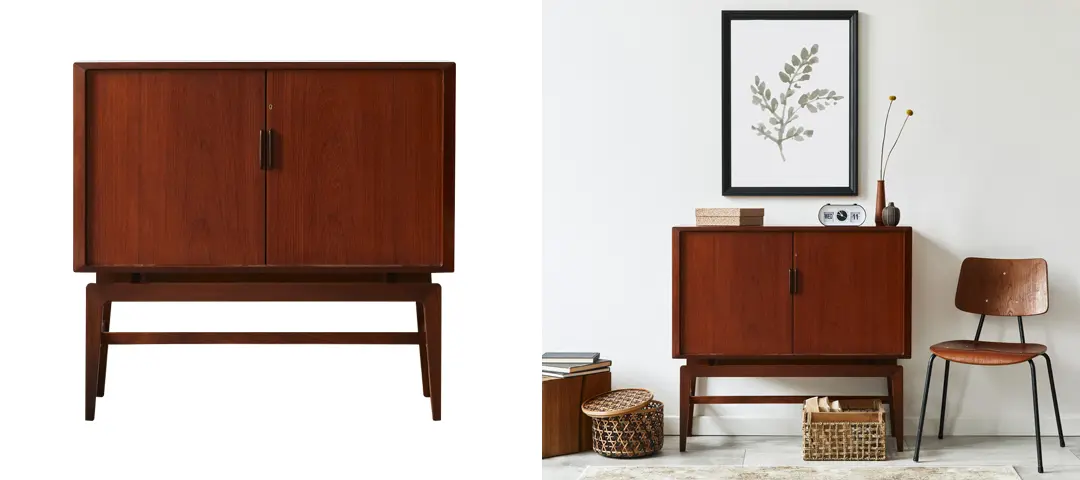
- Lifestyle Shots: Include images of your item in a home or other environment, which allows buyers to envision owning it. Group the item with other pieces to create lifestyle vignettes to increase online customer interest. For example, show a chair in a beautifully appointed room, in addition to your white background shots. Another example might include a full place setting shot, even if a listing is for a single piece of porcelain.
- Set Groupings: For sets or multiple pieces, shots of the entire set are recommended.
- Your Process: If you refinish, restore, or refinish, share images of your process. Revealing your processes can inspire trust in your professionalism.
Depending on the nature of your listing, your item might include several of the above image types.
Bring Your Product to Life with Video
Video has become increasingly important across all platforms for online sales. Videos often provide context, engage the viewer more, or create 3-dimensionality. Videos also often attract a wider audience to your business, website and/or social media pages. Short, engaging content sells.
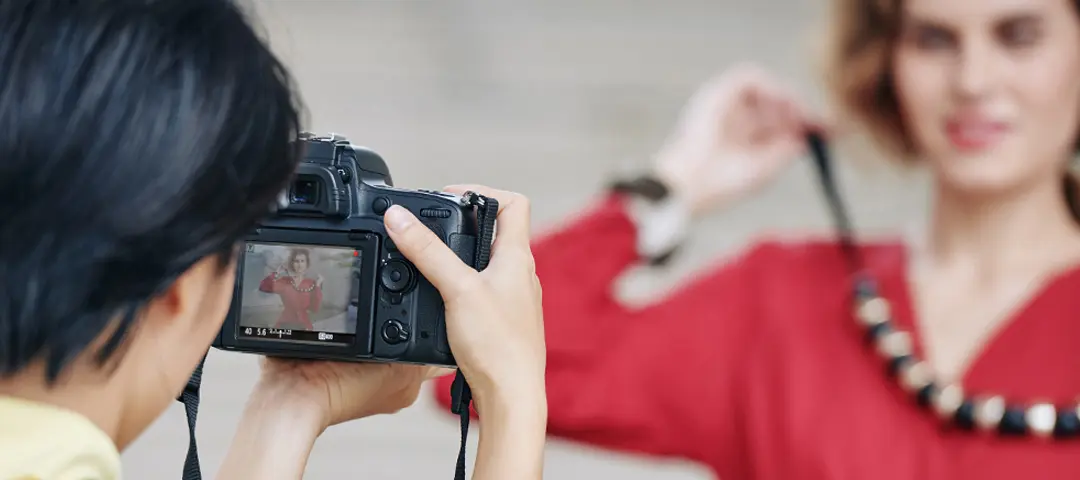
Here are some quick pro tips for video creation:
- Tell a Story: Videos that tell the history of a unique piece can be very appealing to prospective customers.
- How-To Content: Produce helpful “how-to” videos for lovers of antiques. Your how-to content can be about how to avoid being ripped off, how to polish pieces without destroying patina, or any subject in which you have experience or expertise, which may be of interest to your potential audience.
- Educational Content: An educational video about various types of pieces, sections of time, specific makers or artists, or any other educational content can be very popular. These videos help educate consumers into more engaged buyers, or may answer frequently asked questions. Remember that an educated buyer also often becomes a repeat buyer!
- Shop Tours: A video tour of your shop can help increase trust in your professionalism for potential buyers. Showcase what makes your business unique!
- Buying Trips: Videos of your search for the best pieces, where you found them, how they looked before and after restoration, and other information can be very appealing.
- Customer Testimonials: Testimonials from designers or customers can increase sales.
- Your Team: Videos of your staff and what they do can help improve your online profile and inspire trust in you as a professional.
- Quality and quantity: Videos should have good, clear sound, natural-looking lighting and be short.
Whether you have a website or use social media to reach buyers, the above short video ideas build an engaged audience and increase sales.
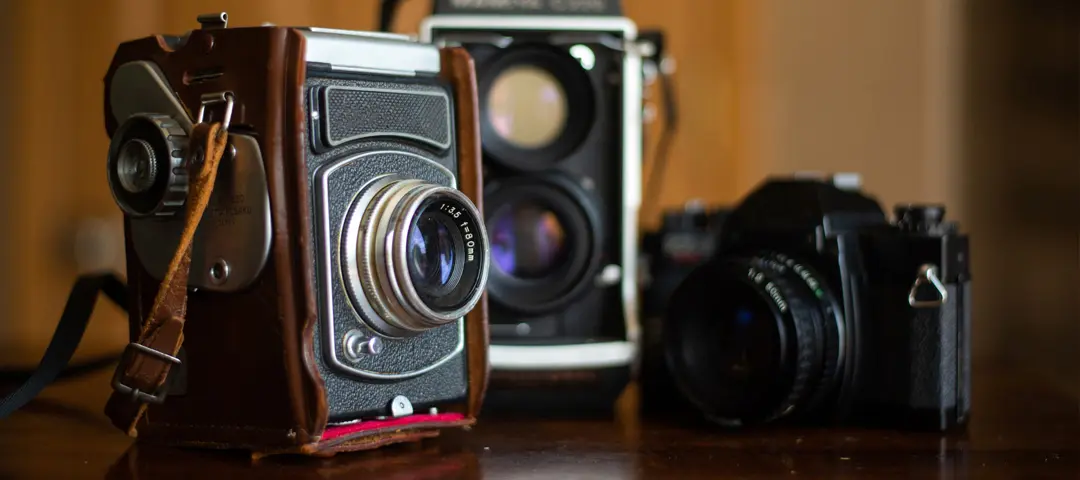
The Bottom Line
Using these tips, simple, quality photography and videos have never been easier. With just a few pieces of equipment, such as the smartphone you already own, a little familiarity with editing software, and the patience and persistence to learn a new skill, you will have images that sell!
At Ronati, we build tools to help dealers thrive in the digital marketplace. Check out our Seller’s Guides to grow your unique business.

